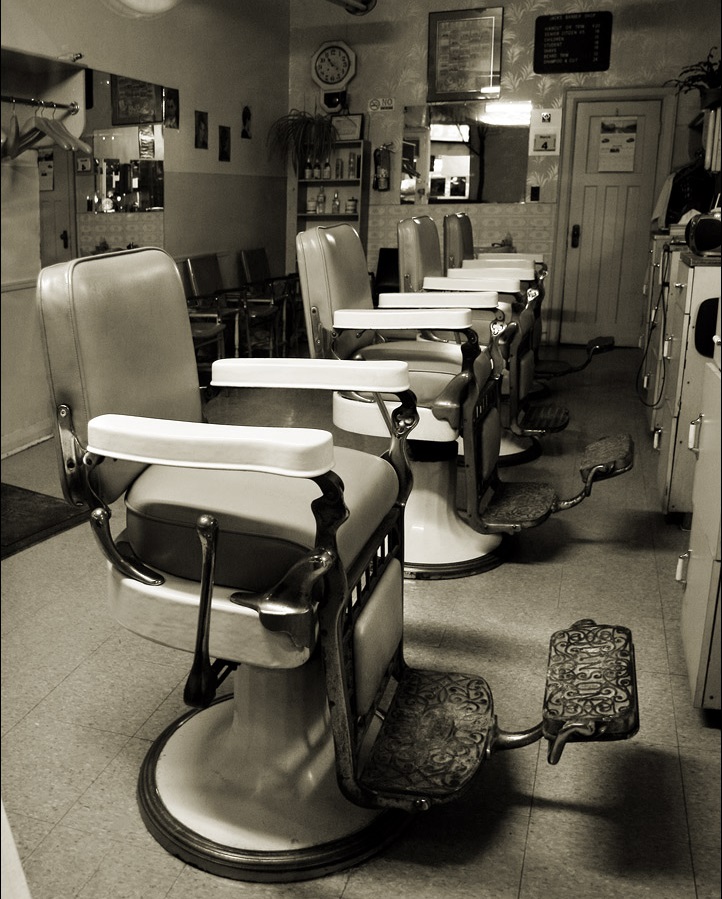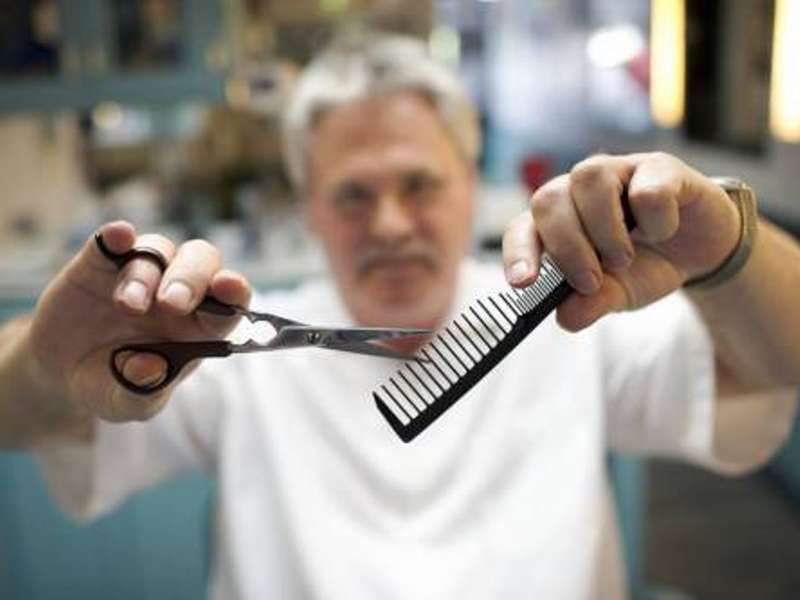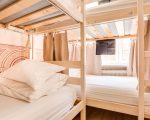
When planning a new business, first question, which is given by almost every businessman, whether it will be profitable business. Thinking about opening a barbershop, We can confidently say, that even in the hands of a novice entrepreneur business of this kind should not be difficult.
One head is good, and two heads are worse, given the current prices in hairdressing.
Barber is one of the enterprises, the existence and successful business that does not depend on the season. Barber offers, which can be used year-round man of any age, any profession, any nationality. The target audience are no restrictions, so customer you should be no problem. Assessing the current market situation, even it recommended to open a barber shop, which will focus on a wide range of consumers, because in this way you will ensure yourself a regular attendance. We recommend the same in this case, stop your eyes on economy class, if you want to, that your business has been focused on the overall weight. Anyway, any decision depends on you.
The discovery of this type of business does not require any unique skills. In order to dispel all doubts, You can familiarize with the proposed business plan.
Organizational and legal issues
According to the information given above, This business plan considers the economy class cabin. It means, that the interior will be small and will take both men, and women. It can be assumed, that the cabin is about six seats, designed to 3 men and 3 women. Salon will be open from 10.00 and to 21.00, which makes it an excellent time limits for different categories of visitors, and it gives an opportunity for many to visit the barber shop after hours.
Hairdresser can offer different types of services, that will depend on your personal preference. but, in a number of standard (and expected) Services can include model haircuts, creating hairstyles, hair dyeing, shaving, etc..
This type of enterprise refers to a form of "private entrepreneurs". After your salon services will benefit individuals. To open it, you will need to arrange a group of documents. This group includes:
- SES resolution,
- Resolution State Fire inspection,
- Master barber certificate.
To get more information, advised to read the document "Rules of certification of hairdressing services" from 16.11.1999 of the year.
room

After the registration of various documents for the legalization of business, you have to take care of the more practical issues. It should begin with the premise, wherein the hairdresser will be located. As mentioned above, it will relate to the salons of economy class and will have six seats. Considering that, that the cabin must withstand all the sanitary standards, Every workplace should be allocated no less than 7 m. It means, that the leased premises must be at least 42 quarter. m. Next choice is up to you and depends on your situation. You can hire non-residential premises, and you can buy back 2 or 3 bedroom apartment on the ground floor and create from it a unique space.
When the issue will be resolved with the room, Think about the style of the room. What kind of mood it must pass? Today the market is the special role played by the style and mood of the room, and a large percentage of visitors may prefer your salon because of these considerations. Therefore, pay special attention to the selection of furniture and equipment, which will be combined with the style room.
Download a business plan barbershop for 350 rub., our partners, with a guarantee of quality.
Equipment
Of furniture and equipment you need 6 hairdressing chairs, 6 mirrors, 6 sinks, sinks, shelves, wardrobe and the other interior elements. Just to work directly with clients, you'll need clippers, hairdryers, raschёski, cosmetic substances, such as shampoos, varnishes, cream. It is necessary to have such a thing with the stock.
Staff
As for the staff, you have two options. You can dial beginners, making advance, they have diplomas, confirming the completion of hairdressing courses. You can also try to lure experienced staff from other salons, working conditions in which they will not hold. Generally, you need a group of 8 person, which will be serve as an engine of your company.
advertisement
To earn a living – Need to work. But to get rich – it is necessary to come up with something else. (Jean-Alphonse Karr)
Attract customers you will be able through active promotional campaign and a well thought out advertising.
Financial part
Not a secret, that are necessary to start a business investment, which will help the company to his feet. Barber shop this type of calculations can take up to 2 years, to achieve self-sufficiency. but, from the experience of many entrepreneurs is evident, what 7-14 months is sufficient. It all depends on the quality of the advertising campaign and the services offered. If you find yourself zarekomenduete well from the first days, there are no barriers.
Let's take a closer look at revenues and expenses, which you will need to take care.
Costs
You will need 2.310.000 rubles for the opening of the salon. They will be spent on
- premises ransom (from 2.000.000 rubles),
- purchase of equipment (from 200.000 rubles),
- accounting (80.000 rubles per year, provided outsourcing services),
- advertising (30.000 rubles).
Staff salaries do not expect, as it will be deducted from the total revenue (40%).
earnings
Revenues will come from services rendered. We can assume a stable net profit 500 rubles per day from each master. With such calculation, You can expect about 90.000 proceeds rubles per month.
Conclusion
In this way, hairdresser is a simple, but profitable business. It is necessary to take into account certain details, that can take your business to new standards.
example 1 - Download ready business plan barbershop
example 2 - Download ready business plan barbershop
Download a business plan barbershop for 350 rub., our partners, with a guarantee of quality. Open access, on the Internet, it is not.
The contents of a business plan:
1. Confidentiality
2. Resume
3. Stages of the project
4. Feature object
5. marketing plan
6. Technical and economic data equipment
7. Financial plan
8. Risk assessment
9. Feasibility study of investments
10. findings











